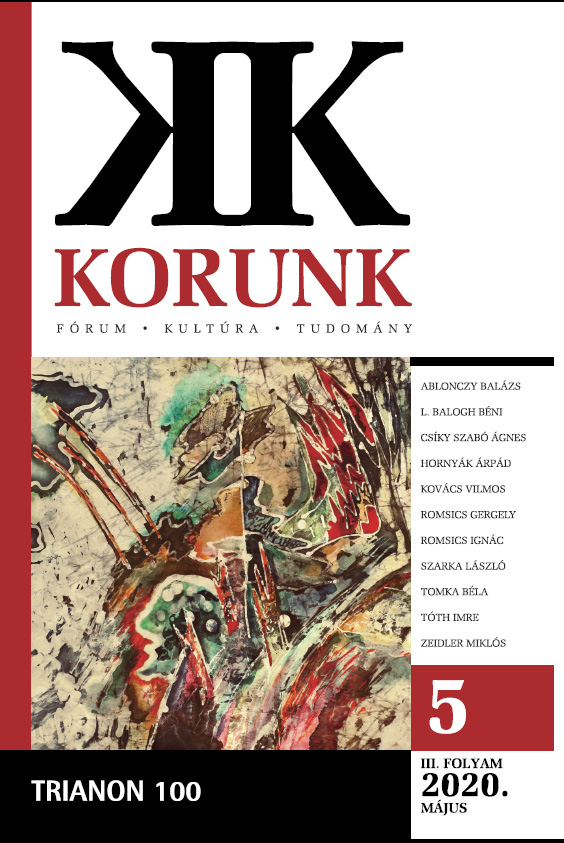A cseh-szlovák–magyar határ kialakulása, 1918–1920
The Formation of the Czechoslovak-Hungarian Border (19181920)
Author(s): László SzarkaSubject(s): Interwar Period (1920 - 1939)
Published by: Korunk Baráti Társaság
Keywords: Paris Peace Treaty; Czechoslovak-Hungarian border
Summary/Abstract: The Czechoslovak-Hungarian state border, based on still much debated principles, was accepted relatively quickly by the Czechoslovak committee and subcommittee at the Paris Peace Conference. Among the causes for this development, the study mentions the antecedents of the Slovakian autonomy aspirations as well as the demarcation decision of the French Ministry of Foreign Affairs, urged by Beneš and adopted on 23 December 1918. From the four different alternatives envisioned by the Czechoslovak government, Beneš designated as the most important the Danubian border and the railway line along the valley of the Ipoly in his territorial claims presented in the Supreme Council on 5 February 1919. It was the Bratislava bridgehead, the issue of the Csallóköz, Salgótarján and Sátoraljaújhely, as well as of the railway line lying north of the city that provoked most controversy. Nevertheless, the new proposal of the Commission regarding all the borders of the new state, including the Transcarpathian border region, was completed on 12 March and included without substantial changes into Clemeceau’s announcement from 13 June 1919 concerning the Czechoslovak-Hungarian and the Romanian-Hungarian borders.
Journal: Korunk
- Issue Year: 2020
- Issue No: 05
- Page Range: 25-35
- Page Count: 11
- Language: Hungarian

